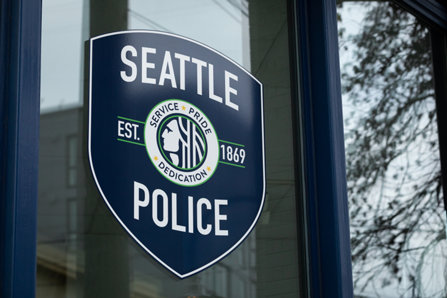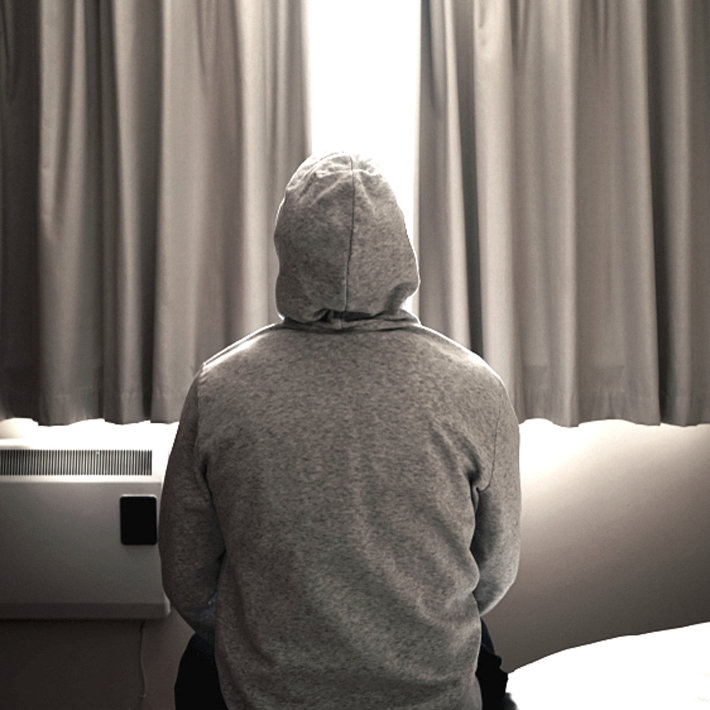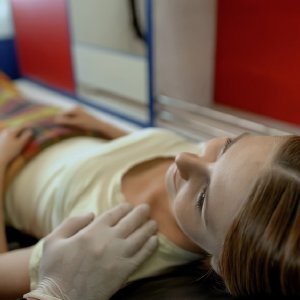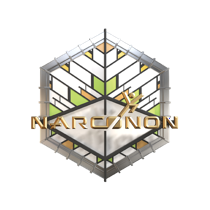Seattle, Addiction, and Getting Addicts Help

As the United States continues to struggle with the opiate addiction epidemic, lots of ideas have come forth about how to address the problem. Some have said that we need to move away from the pharmaceutical drugs that started the crisis and start looking at alternative medicines. Many have thought we need to research the drug problem so we can better understand it. Some insist we have to find the underlying reasons why people use drugs. Others say we need to increase prevention efforts.
There are lots of ideas about how to tackle addiction, many of them excellent ideas. But one concept is agreed upon amongst a considerable majority of Americans: We need to move away from the constant criminalization and incarceration of addicts and drug users. Instead, we need to send addicts to residential treatment centers, not jail cells.
And as it turns out, one major U.S. city is doing just that.
Developments in Seattle
For the last several years, Seattle has been quietly pioneering new approaches to tackling drug addiction. This city gave up on the War on Drugs long ago, recognizing the drug war for the failed program that it was and is.
And now, Seattle just made national news in the New York Times for its innovations in police diversion (the effort of directing addicts into treatment centers, not jail cells).
“Anyone caught here with a small amount of drugs—even heroin—isn’t typically prosecuted. Instead, that person is steered toward social services to get help. This model is becoming the consensus preference among public health experts in the U.S. and abroad.”
To quote the New York Times opinion columnist Nicholas Kristof, “Anyone caught here with a small amount of drugs—even heroin—isn’t typically prosecuted. Instead, that person is steered toward social services to get help. This model is becoming the consensus preference among public health experts in the U.S. and abroad. Still, it shocks many Americans to see no criminal penalty for using drugs illegally, so it takes courage and vision to adopt this approach: a partial retreat in the war on drugs coupled with a stepped-up campaign against addiction.”
That is a bold move away from the War on Drugs doctrine. A doctrine that’s been enforced for more than a third of a century.
It Started with the Law Enforcement Assisted Diversion Program

The city-wide effort in Seattle that is now making national headlines, all started a few years ago when the King County police department decided it was done prosecuting drug possession crimes. Seattle-area police officers were witnesses to the classic revolving door system of incarcerating drug addicts, and they were tired of enforcing a policy that didn’t work.
“In a LEAD program, police officers exercise discretionary authority at point of contact to divert individuals to a community-based, harm-reduction intervention for law violations driven by unmet behavioral health needs…”
And so “LEAD” the Law Enforcement Assisted Diversion program, was born. According to the program’s website: “In a LEAD program, police officers exercise discretionary authority at point of contact to divert individuals to a community-based, harm-reduction intervention for law violations driven by unmet behavioral health needs. In lieu of the normal criminal justice system cycle—booking, detention, prosecution, conviction, incarceration—individuals are instead referred into a trauma-informed intensive case-management program where the individual receives a wide range of support services, often including transitional and permanent housing and/or drug treatment.”
King County’s LEAD program began in 2011 out of a coordinated effort to move away from the War on Drugs paradigm. Since then, the program has been quite successful, has spread to surrounding counties, and has instilled a complete shift in how Seattle and much of the Northwest view addiction.
And the program has had other benefits too, unanticipated benefits even. For example, officials at LEAD report that, since 2011, police-community relations have improved considerably. Addicts are getting help, and relations between police officers and residents have improved.
All in all, Seattle has benefited from its programs which seek to route addicts into rehab centers, not jail cells.
And Seattle’s diversion program is catching on too. Similar programs are now up and running in cities like Tulsa, Oklahoma, and Gloucester, Massachusetts. It would seem as though the nation as a whole is starting to realize that you cannot just “incarcerate away” a drug problem.
Make Sure People Who Need it Get Help

What’s happening in Seattle and other parts of the country is undoubtedly encouraging. It’s movement in the right direction. Seeing huge cities adopt the view that addiction is a behavioral health issue that needs treatment (and not a criminal problem that requires punishment) is quite heartening.
However, this is not a time to rest on our laurels and assume that the nation has finally figured out how to address drug addiction. Even for those living in Seattle, now is not the time to relax.
There are still millions of Americans who are addicted to drugs and alcohol. According to the Substance Abuse and Mental Health Services Administration, “In 2017, approximately 19.7 million people aged 12 or older had a substance use disorder (SUD) related to their use of alcohol or illicit drugs in the past year, including 14.5 million people who had an alcohol use disorder and 7.5 million people who had an illicit drug use disorder. An estimated 2.1 million people had an opioid use disorder, which includes 1.7 million people with a prescription pain reliever use disorder and 0.7 million people with a heroin use disorder.”
Our cities will not fix this drug problem for us, though it is good to have their help. Instead, the 19 million addicts will only get the treatment they need if we all work to help them and if we insist that they get such treatment. The vast majority of addicts cannot overcome drug addiction on their own. The best and safest way to tackle and win against a drug problem is with the help of a residential drug treatment center, one that offers long-term care.
If you know someone who is struggling with drug addiction or an alcohol problem, do everything you can to get them into a treatment center. Drug and alcohol addiction is a life or death issue. Don’t wait to get your loved one help.
Sources:
- https://www.nytimes.com/2019/08/23/opinion/sunday/opioid-crisis-drug-seattle.html?searchResultPosition=9
- https://www.leadbureau.org/about-lead
- https://gloucesterpd.com/addicts/
- https://www.samhsa.gov/data/sites/default/files/cbhsq-reports/NSDUHFFR2017/NSDUHFFR2017.pdf
Reviewed and Edited by Claire Pinelli, ICAADC, CCS, LADC, CCS, MCAP


